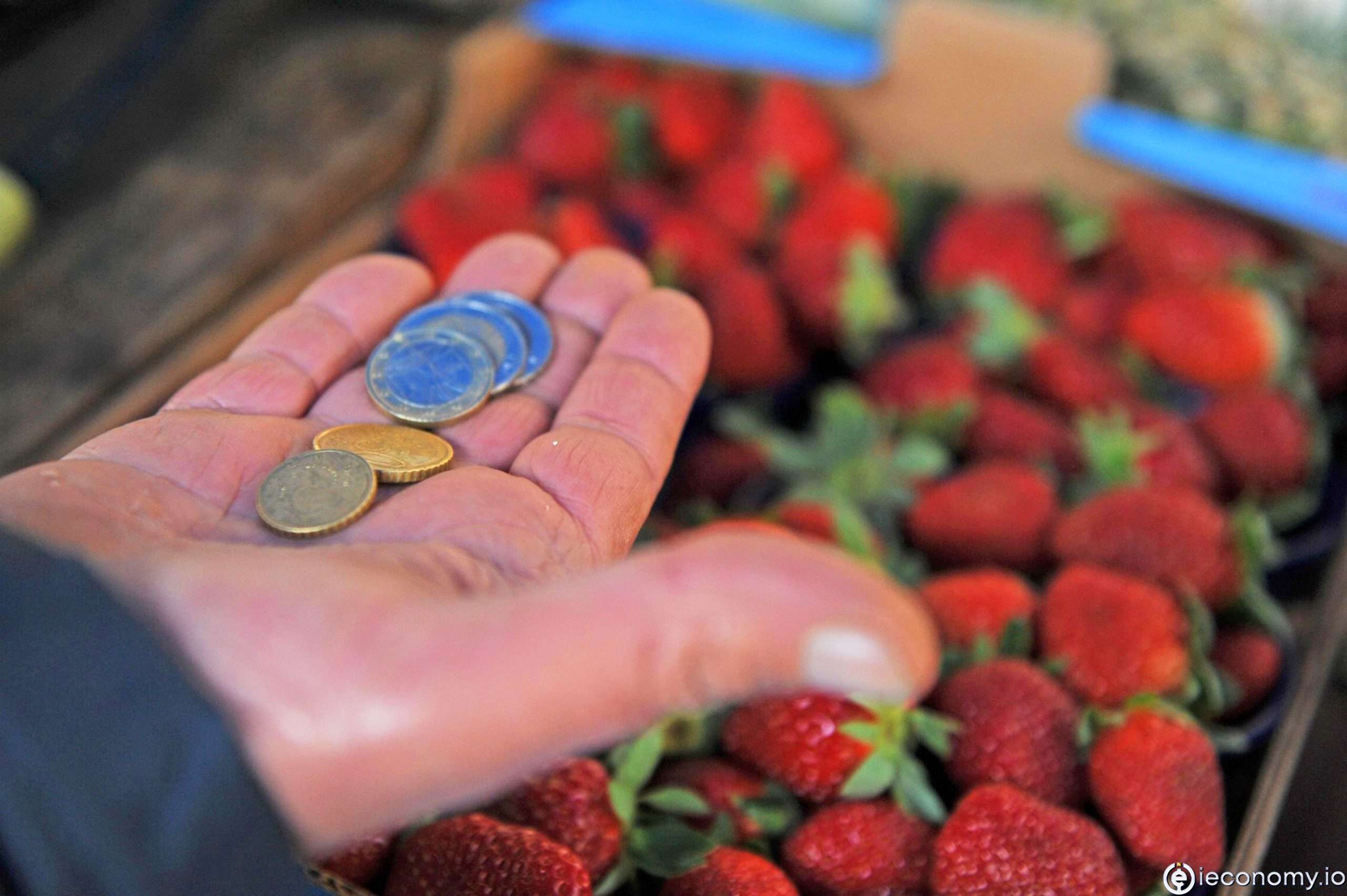9988
0
Inflation in the euro area accelerated sharply in August
Inflation in the euro area accelerated sharply in August. The consumer price index rose by three percent year on year.

Yazar: Tom Roberts
Yayınlanma: 18 Eylül 2021 19:01
Güncellenme: 21 Aralık 2025 10:03
Inflation in the euro area accelerated sharply in August
Inflation in the euro area accelerated sharply in August, reaching almost a 10-year high. The consumer price index rose by 3% year on year in August after rising by 2.2% in July, according to the European statistical office Eurostat, and confirmed its quick estimate from the end of August. Inflation reached its highest level since November 2011. The engine of inflation was energy prices, which jumped by 15.4% year-on-year in August (July: 14.3%). Prices of non-energy industrial goods increased by 2.6% (0.7%), prices of food, alcohol and tobacco by 2% (1.6%) and prices of services by 1.1% (0.9%). Energy prices contributed the most to year-on-year inflation in the euro area last month (+ 1.44 percentage points), followed by non-energy industrial goods prices (+0.65 percentage points) and food, alcohol and tobacco and services prices (both categories + 0.43 percentage point). Inflation thus rose well above the 2% target of the European Central Bank (ECB). However, its representatives consider the acceleration of price growth to be a temporary matter caused by temporary factors. Core inflation, which does not include energy and food prices, accelerated to 1.6% in August from 0.7% in the previous month. In a month-on-month comparison, consumer prices in the euro area rose by 0.4% in August. Across the European Union (EU), the year-on-year growth rate of consumer prices rose to 3.2% in August from 2.5% in the previous month. The lowest year-on-year inflation among EU member states was recorded in Malta (0.4%) in August, followed by Greece (1.2%) and Portugal (1.3%). On the contrary, Estonia, Lithuania and Poland recorded the highest (all 5% each).İLGİLİ HABERLER





European stocks soared and focus shifted to German retail sales after Powell's speech!

Forex Signal For TRY/USD: Inflation Slowdown in November.

Forex Signal For GBP/USD: Bullish Trend Still Not Breaking While Recovery Continues.

Forex Signal For EUR/USD: Starry US Data Points to Higher Fed Increases.

Forex Signal For BTC/USD: Downside Continues as Bitcoin Recovery Moves Less.
En Popüler Haberler
Yorum Yap
Yorumlar
Henüz yorum yapan yok! İlk yorumu siz yapın...